By Joy Sevilla
MALUNGON, Sarangani (October 31, 2009) - The Lamlifew Tribal Women’s Association (LTWA) in barangay Datal Tampal in the town of Malungon has a promising future with the introduction of utilizing processed silk instead of abaca fibers in making indigenous fabrics.
Aside from it is done easier and faster with silk, the effort of Blaan weavers in coming up with native fabrics would also be financially rewarding as fabrics made out of silk are more expensive that its price is almost twice higher when sold.
October 22, 2009 marked the “day of change” for the weavers of LTWA. Two master weavers of the Iban tribe from Sarawak, Malaysia visited the Lamlifew Village Museum for the exchange of knowledge about their respective culture and learn from each other’s experiences particularly in weaving.
The four-day visit, which ended on October 25, was one of the projects of Rosevida Alcantara Dominguez, mother of Sarangani Governor Migs Dominguez.
During the first day of the visit-workshop, the master weavers named Nancy Ngali and Bangie Embol, together with Alfonso Guinoo, a Davaoeño who promotes hand-woven fabrics, his Chinese friend, Edric Ong, a renowned textile designer in Southeast Asia, and Mrs. Dominguez, were welcomed by Blaan artists in the community through a cultural dance.
Both Blaans and the visitors expressed their gratitude for the conduct of the workshop which later brought out further skills and mastery of the Blaan weavers.
The visitors showed samples of their fabrics made of silk and also brought out with them some materials and equipment to be used in the activity.
Ong said, the Malaysian weavers had been using cotton for weaving fabrics for several years, but currently, they are also using silk because they realized how better it is to produce fabrics out of such material.“For silk weaving, you can demand higher price. We sell fabrics out of silk to those who want to hang it as a piece of art. For foreign ladies from Europe, America, and Japan, they buy the product and use it as shawl,” he said. “Processed silk fiber is taken from cultured worms and it is imported from China.”
Mrs. Dominguez, on the other hand, was also thankful that the Blaan weavers openly accepted the idea of having the workshop. She said introducing change is good without attempting to change the culture of the tribe.“What we just want to introduce is how to have a better quality fabric. Sometimes, it is also good that some people teach us to make things better. With this new learning, we hope that more women will be interested and be engaged in the activity because they will be able to see how easy the weaving process is done using the material,” she asserted.She added that the introduction of silk in weaving is also an advantage to children in the community because at their young age, they will realize the benefits of using silk compared to abaca fibers.She could provide the materials needed should the Blaan weavers want to sustain and continue the use of silk for weaving.
Getting along with the Malaysian weavers is more interesting than just see them weave. It was learned that they got similar patterns with the Blaans in weaving. A few terminologies of the materials used in Blaan weaving were also similar to that of the Malaysians such as blileh, a flattened piece of wood which is used for tightening the fabrics.
Nancy said they also have several trees and plants in their community which they use for natural dyeing. She greatly appreciated how the Blaan weavers do in coming up with abaca strands that she even tried it herself.
Nancy often does the talking than Bangie when interacting with the local people in the community as she knows how to speak English language. But Bangie was observed to be more talkative when she and Nancy were left alone.
In their last day in the community, Bangie said she had a very good encounter during the workshop, while Nancy said she could not forget the treatment she experienced in the community.“Here, we often eat, we easily get fat,” she said smiling. She added in Malaysia, they do not eat much rice. She was amazed that in the Lamlifew community, they eat rice thrice a day excluding the heavy snacks of kamote (sweet potato) or banana.Such kind of visit is the first ever one since the Lamlifew Village Museum was established in 2007.
The community further hopes to meet people who do not only help them grow in their craft, but also fill them with knowledge through exchanging culture practices and experiences that they could never forget. (Joy Sevilla/SARANGANI INFORMATION OFFICE)
Subscribe to:
Post Comments (Atom)

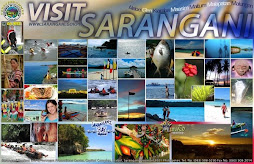


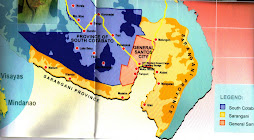

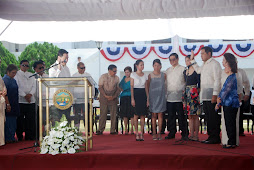
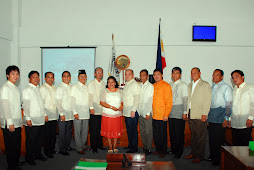


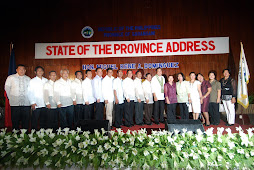
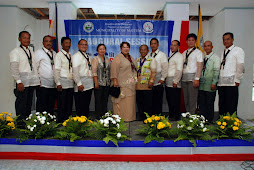







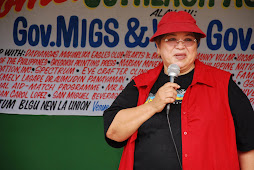
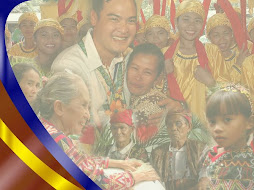
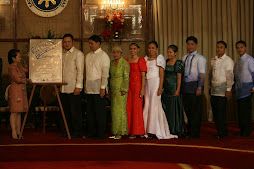



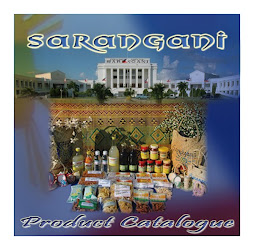

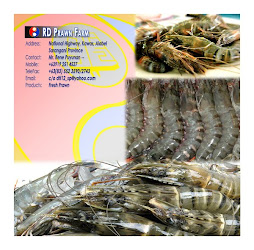
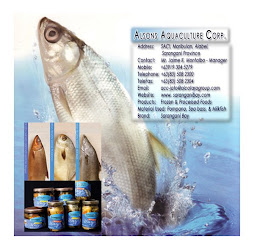
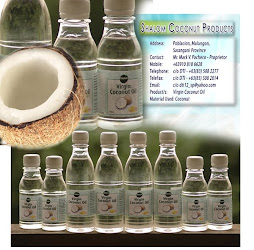

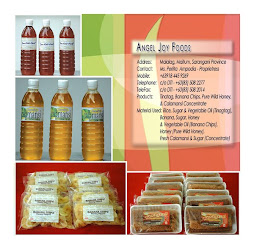


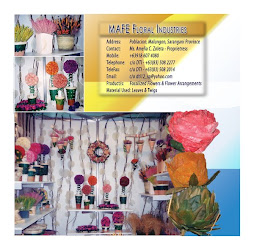

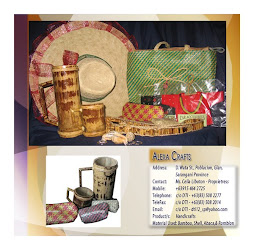
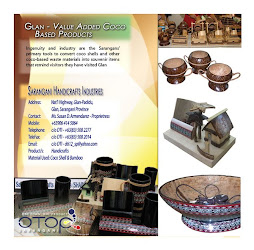
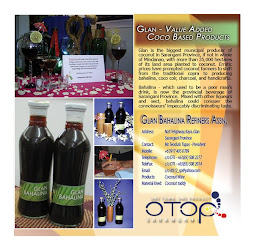
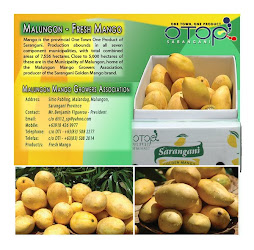
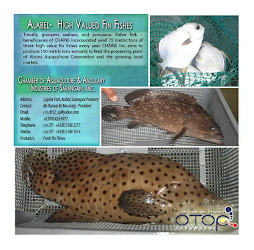
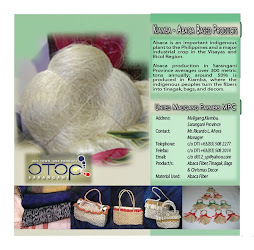

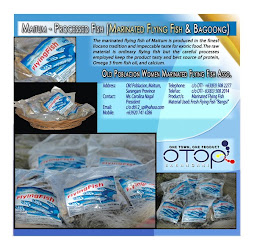
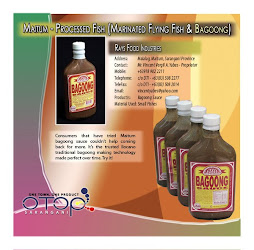

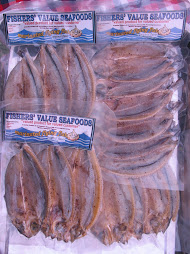

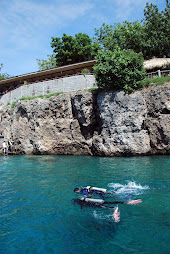
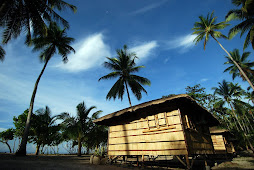



No comments:
Post a Comment